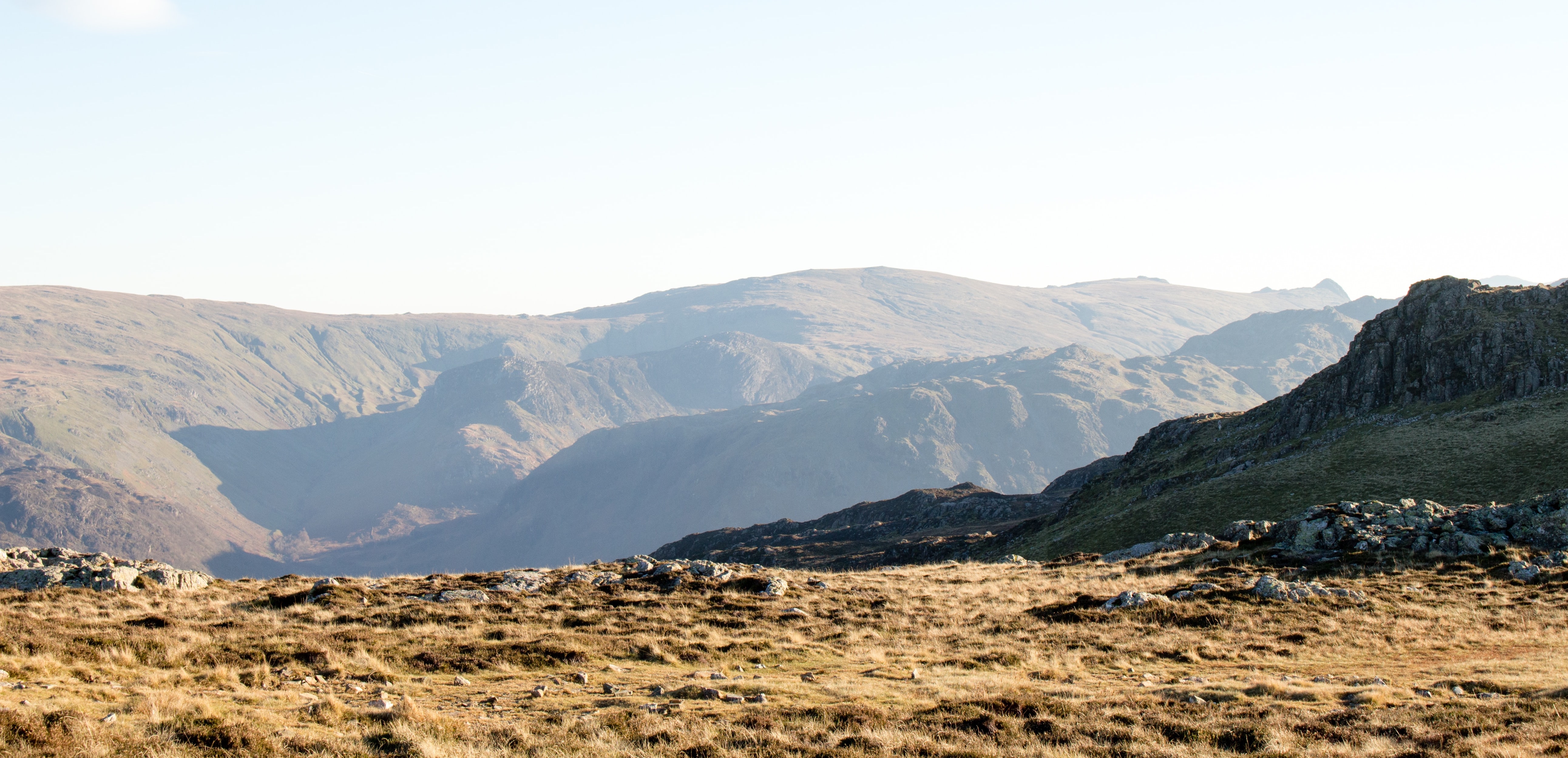About
Public land accounts for a substantial proportion of area across the western United States, and the way that it is managed has major implications for recreational access, fire risk, and ecosystem services. Across the eleven western states, public land accounts for approximately 383 million acres; however, not all of this land is accessible to the public - approximately 6 million acres of public land in the West is “stranded” land. Land can become stranded through a lack of roads or other means of access and being completely surrounded by private land. Additionally, public land across the western US is often organized into a checkerboard-like pattern as a result of federal land policy in the 19th century, which was focused on transferring ownership to Euro-American settlers, and has exacerbated the amount of stranded land.
This haphazard process for designating public lands left significant amounts of them inaccessible to the public. Western public lands provide a large variety of benefits to U.S. citizens, but access to these lands is necessary in order to fully realize these benefits. Our research shows that, as a result of access limitations, stranded public lands may negatively affect local economies, contribute to larger wildfires, and hinder the movement of wildlife.
